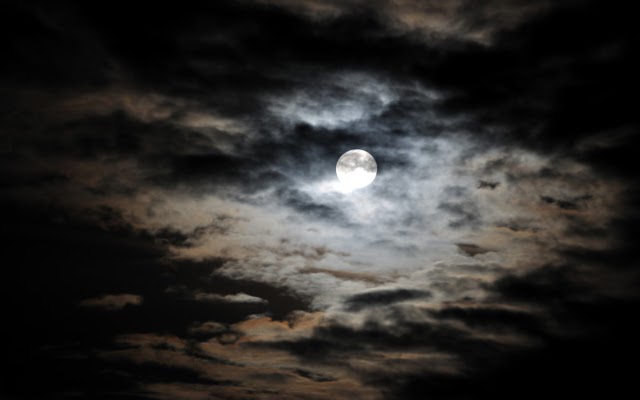Quck answer
On clear nights, the lack of cloud cover allows heat to escape into the atmosphere, resulting in colder temperatures. Clouds act as a blanket, trapping heat near the Earth’s surface and preventing it from escaping. This creates a greenhouse effect, keeping the temperature warmer on cloudy nights. Without clouds, there is no insulation and the heat escapes more easily. Additionally, clouds can also reflect heat back to the Earth’s surface, further contributing to the warmer temperature. Therefore, clear nights tend to be colder than cloudy nights.

How do you prefer spending a cold winter night? Do you gather your family to watch a favorite movie? Perhaps you make some hot chocolate and curl up with a good book. If you’re like many people, you know there’s nothing better than getting cozy under a warm blanket on a cold night.
Did you know that the Earth itself is covered with a blanket on certain cold nights? It’s true! However, instead of warm fabrics like cotton or wool, the Earth’s blanket is made of clouds.
You may have noticed the impact of clouds on temperature yourself. Clear nights tend to be much colder than cloudy nights. This is due to the amount of cloud cover, which measures the portion of the sky covered by clouds.
During the night, clouds can trap heat in the atmosphere, which warms the Earth’s surface and leads to higher temperatures. Upper-level clouds have a stronger heat-trapping effect compared to lower-level clouds. Experts have discovered that they can increase the temperature by as much as 13°F.
On clear nights, there are no clouds in the sky to trap heat. As a result, heat is able to escape from the Earth’s atmosphere, causing the temperature to drop. That’s why clear nights can be significantly colder than cloudy nights.
What about during the day? Clouds can have the opposite effect on daytime weather. They can block heat from entering the atmosphere, resulting in lower temperatures. That’s why many people prefer cloudy days during the hot summer months – cloud cover can make the weather much more pleasant. Lower-level clouds tend to block more heat than they trap.
As you can see, clouds have a significant impact on the Earth’s climate. In fact, NASA estimates that without clouds, the planet would absorb about 20 percent more heat. However, the climate also influences clouds. This relationship between clouds and climate is known as cloud-climate feedback.
How might the changing climate affect cloud cover on Earth? Many scientists believe that as the planet’s temperature rises, there will be fewer clouds. However, experts are still studying cloud-climate feedback. One tool they use is a satellite called CloudStat. Since 1999, CloudStat has helped scientists examine the relationship between Earth’s climate and clouds.
Next time you look up at a sky filled with clouds, consider how they may have influenced the day’s weather. From cold nights to hot days, cloud cover plays a significant role in determining temperature. Without them, our planet’s climate would be quite different!
Give It a Try
Ready to continue learning? Explore the activities below with a friend or family member!
Weather Activities for Kids
Here are a few fun and educational activities to help kids learn more about the weather:
1. Start your own weather log
Get a piece of paper and something to write with. Every day, write down your observations about the weather. Is it cloudy or clear? What’s the temperature? Did it rain or was the sun out? After a few weeks, review your weather log and look for patterns. Then, discuss with a friend or family member what the weather is usually like in your area.
2. Learn about weather forecasting
Have you ever wondered how meteorologists predict the weather? Visit the Weather Wiz Kids website to learn more. Take some time to read about the weather and when you’re done, summarize what you’ve learned for a friend or family member.
3. Make a cloud in a bottle
Ready for some hands-on learning? Try this activity from NASA to make a cloud in a bottle. Make sure to have an adult help you and check the supply list before you begin. Once you’ve made your cloud, discuss what you’ve learned.
Wonder Sources
- https://www.nationalgeographic.org/encyclopedia/cloud-cover/ (accessed 16 Dec. 2020)
- https://climatekids.nasa.gov/cloud-climate/ (accessed 16 Dec. 2020)
- https://www.wave3.com/2019/09/27/behind-forecast-how-clouds-affect-temperatures/ (accessed 16 Dec. 2020)
- https://phys.org/news/2013-08-analysis-clouds-effects-daily-temperature.html (accessed 16 Dec. 2020)
- https://www.giss.nasa.gov/research/briefs/delgenio_03/ (accessed 16 Dec. 2020)
- https://learnersdictionary.com/ (accessed 16 Dec. 2020)





Leave a Reply